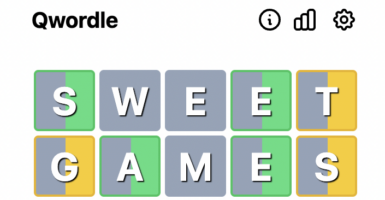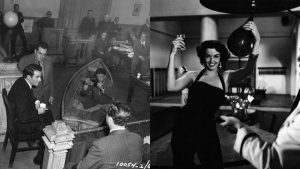The Biggest Hits Of 1965 That Aged Very Differently
When we look over the biggest songs of the past, we’ll often find that only some of them feel like the hits they should have been. It’s never been easy to predict what everyone will like, nor to explain what everyone was thinking.
Although some of the biggest hits of 1965 have gone on to define the decade since, others might even be a little hazy for those who lived through the decade. Are they hidden gems, or were they forgotten for a reason? That’s for you to decide.
Sam The Sham And The Pharaohs – “Woolly Bully”

Although the Middle Eastern costumes worn by Sam the Sham and the Pharaohs wouldn’t fly today, that wasn’t what got this rock band in trouble when they recorded their signature hit, “Woolly Bully.” That’s because the lyrics were hard to understand, which led some radio stations to ban the song in case the band was hiding something offensive.
However, the reality was that “Woolly Bully” was just a song about doing a dance (in the interest of not being an “L seven”) and catching sight of a bison. It also has a curious legacy in that it was the first song to become a year’s biggest hit despite not actually hitting number one on the weekly Billboard Hot 100 charts. It peaked at number two instead.
The Four Tops – “I Can’t Help Myself”
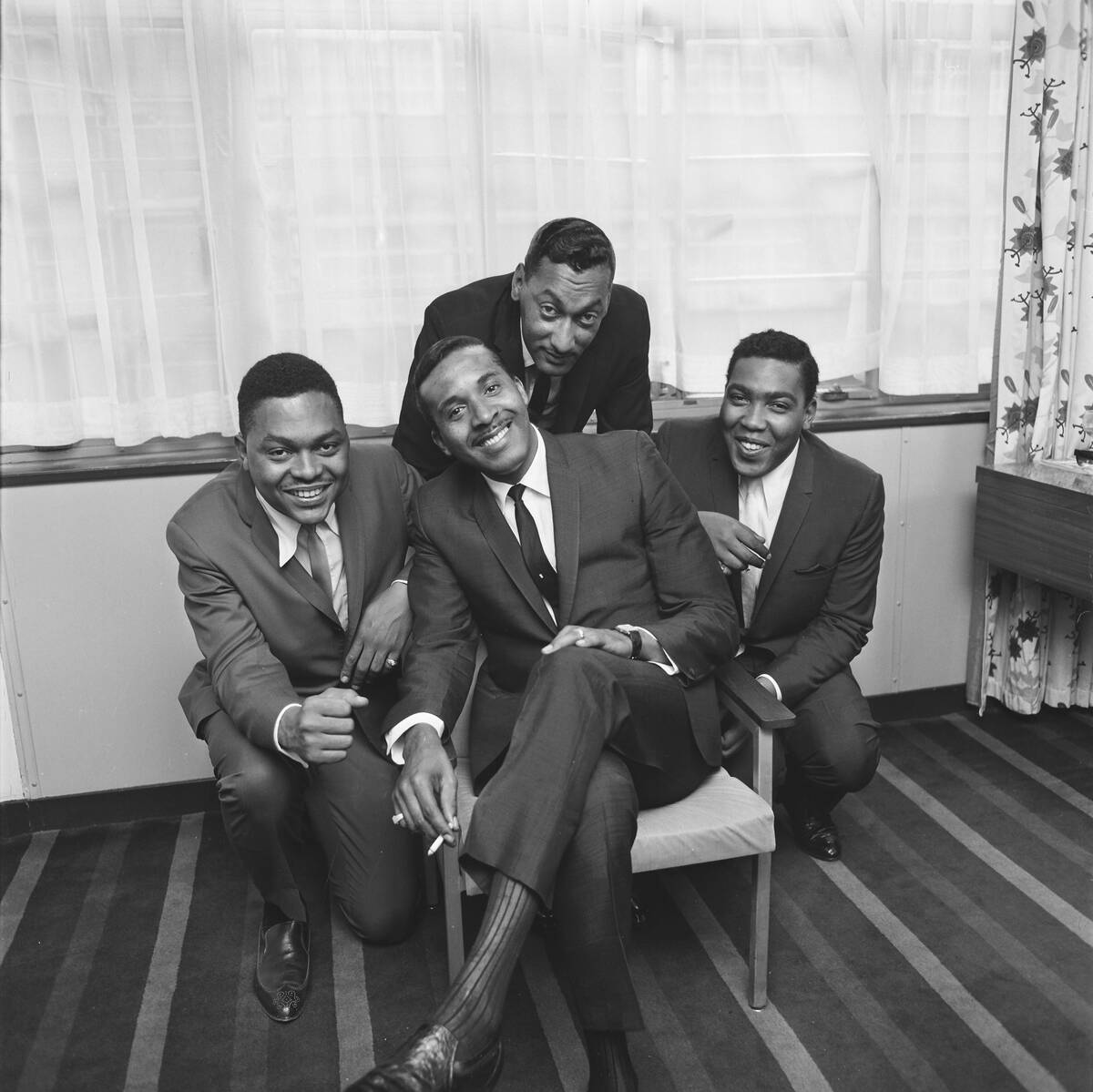
Although most people know The Four Tops for Levi Stubbs’s powerful voice and their enduring smash hit, “Reach Out I’ll Be There,” the truth is that it wasn’t the group’s only number-one hit. In fact, it wasn’t even their first one.
Before that song topped the charts in 1966, the soul group was able to notch another number-one single the previous year with “I Can’t Help Myself,” which was also sometimes called “Sugar Pie Honey Bunch.” This one not only topped the Billboard Hot 100 for two non-consecutive weeks, but stayed at number one on the organization’s R&B charts for a staggering nine weeks.
The Rolling Stones – “(I Can’t Get No) Satisfaction”
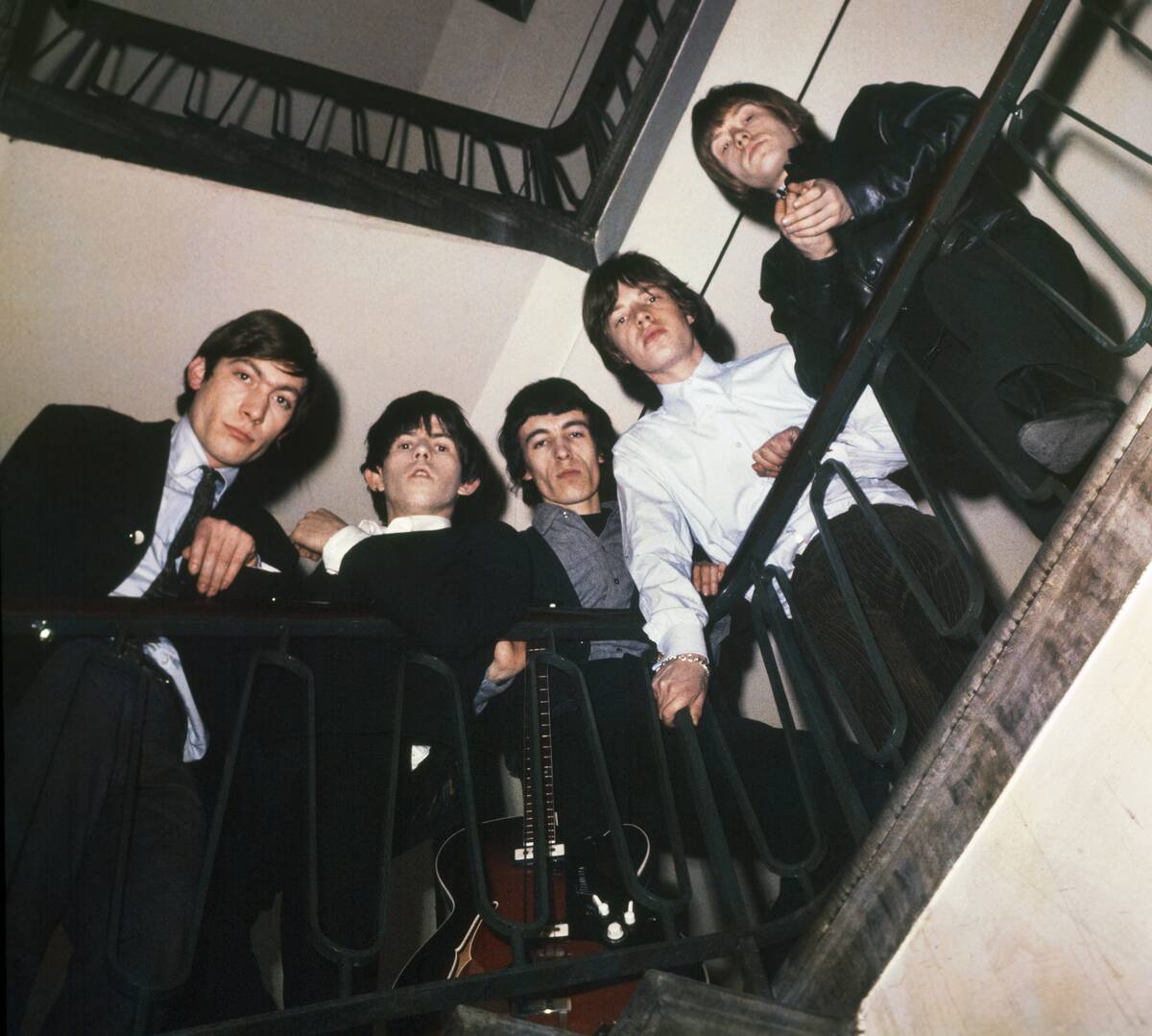
While the lyrics to “Satisfaction” would certainly be relatable to those frustrated with modern life in 1965 (and those who also can’t get any “girly action,”) it seems clear in retrospect that the iconic guitar riff alone made the song’s hitmaking prospects practically inevitable.
This lightning in a bottle would make 1965 a banner year for The Rolling Stones, as “Satisfaction” would be their first number-one hit and spawn another one just months later in “Get Off Of My Cloud.” Yet, while the band would go on to achieve eight number-one hits, only “Honky Tonk Woman” from 1969 would also stay in that position for four weeks.
We Five – “You Were On My Mind”
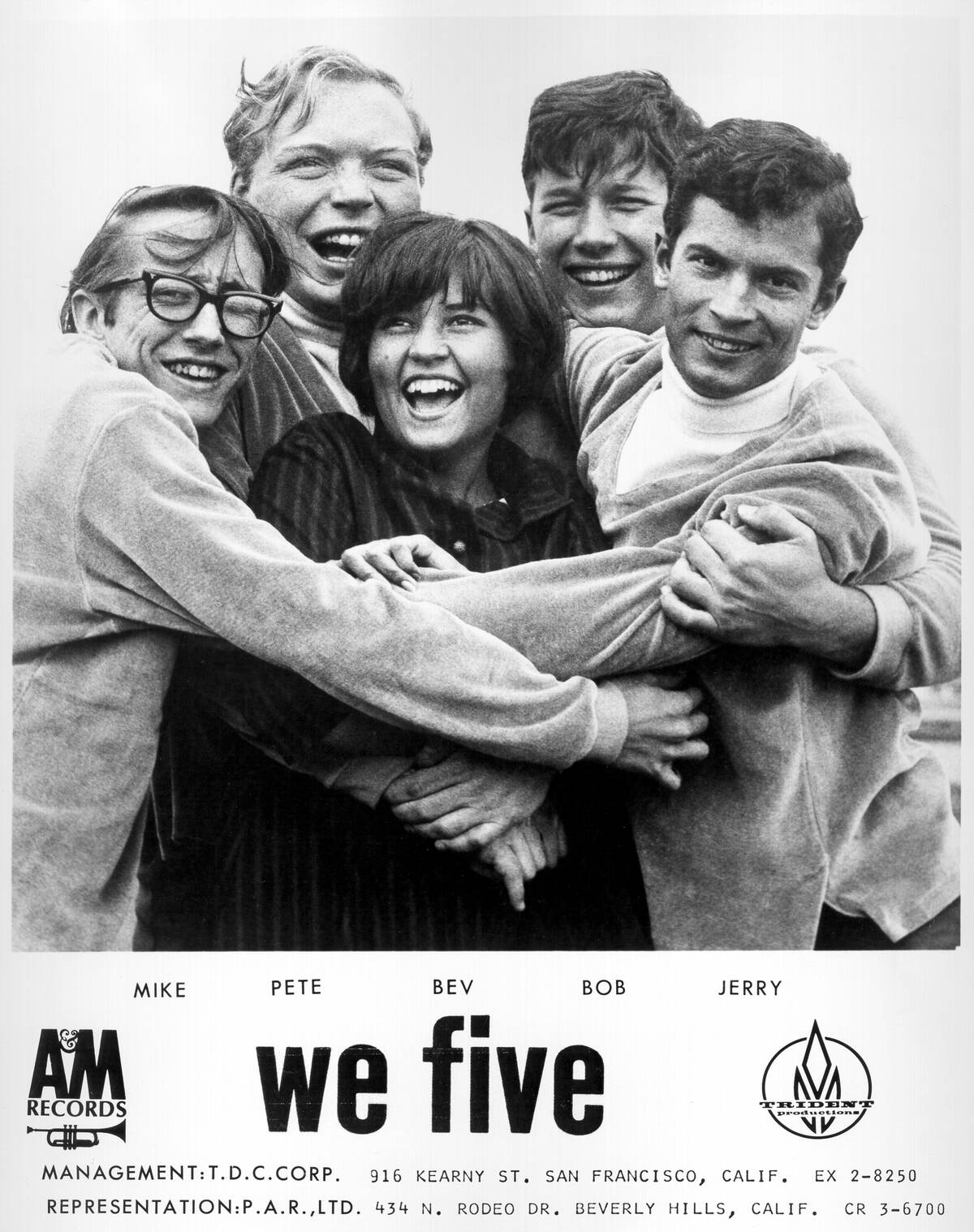
Since their momentum was fairly short-lived, it’s easy to forget the careers of the San Francisco folk rock band We Five. Although they reformed after a hasty breakup in 1967, they never had a charting hit after 1965.
Of the two they had, the biggest was a cover of a song originally recorded by Ian & Sylvia called “You Were On My Mind.” Although there were multiple charting covers of this song, there was something in lead singer Beverly Bivens’s voice that made this version particularly magical, as it reached number three on the Billboard Hot 100 and topped their Cash Box and Adult Contemporary (then Easy Listening) charts.
The Righteous Brothers – “You’ve Lost That Loving Feeling”
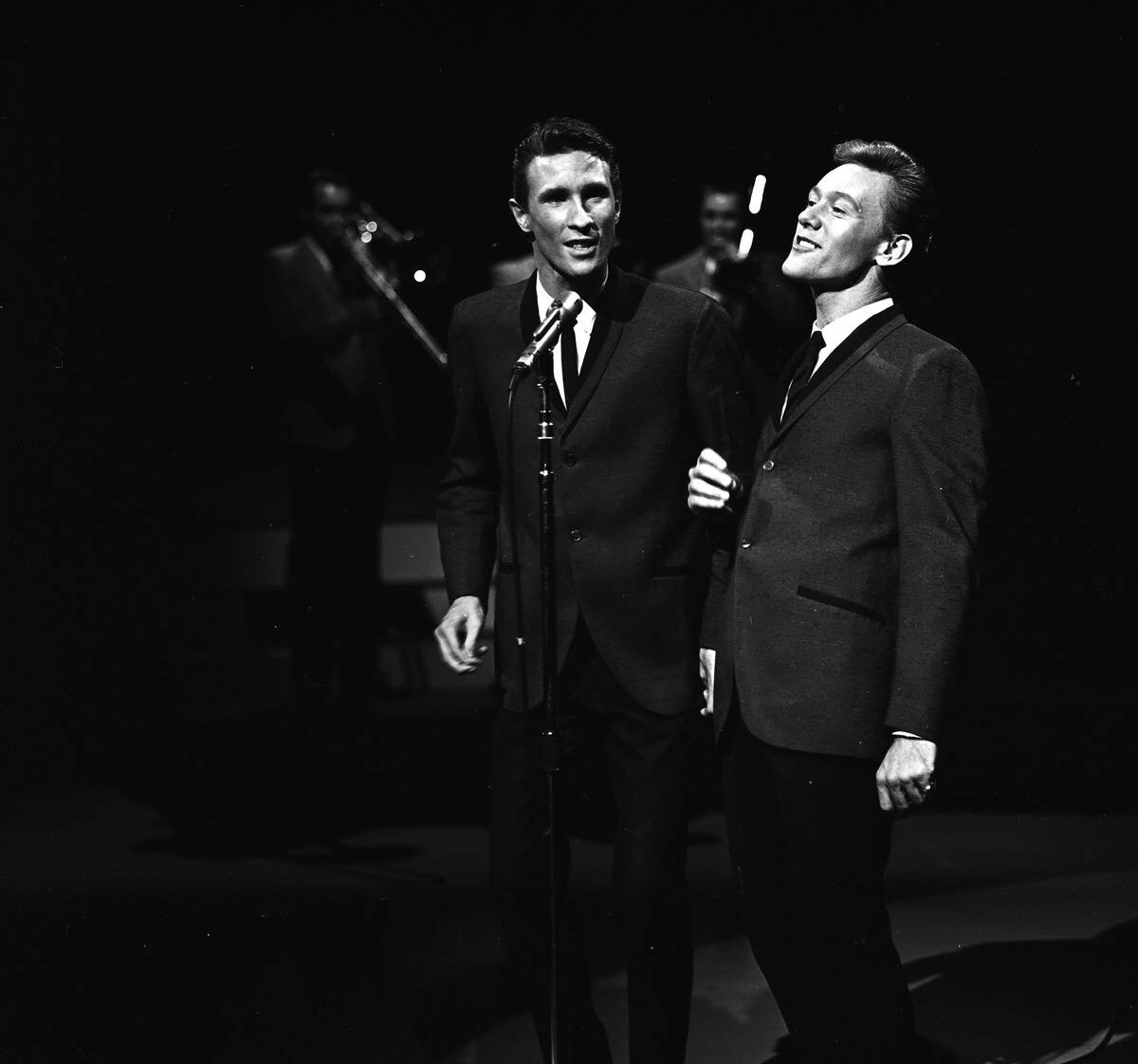
While there was no shortage of male vocal duos throughout the ’60s, it’s hard to name one with a more ironclad legacy than the Righteous Brothers and the heartbreaking “You’ve Lost That Loving Feeling.” The contrast of Bobby Hatfield and Bill Medley’s voices was always the source of their magic, but Medley’s gruff baritone sounds particularly strong singing angst-filled lyrics like “Baby, something beautiful’s dying.”
Although it had a respectable 16-week run on the Billboard Hot 100 (which was considered unusually long at the time) before reaching number one for two weeks, the song fared even better in the United Kingdom. Although it was number one for the same duration there, “You’ve Lost That Loving Feeling” inexplicably re-entered the top ten in the U.K. in 1969 and 1990.
Petula Clark – “Downtown”
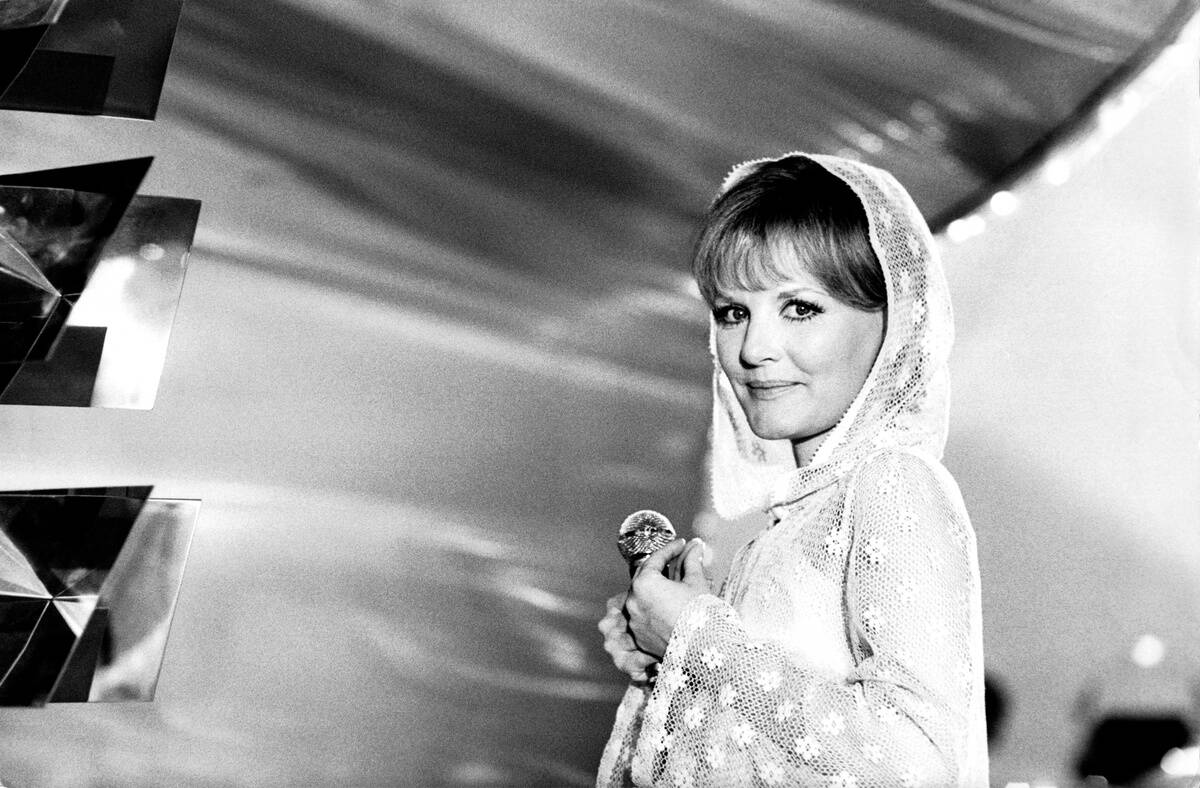
Although Petula Clark is best-remembered for “Downtown” nowadays, it’s worth noting that was only one of the six top-hits she would score on the Billboard Hot 100 between 1964 and 1966. It also wasn’t her only number-one hit, as “My Love” would also reach number one for two weeks in 1966.
However, it is fair to say that “Downtown” was what started everything for Clark on the global stage, as she had already been famous in the U.K. for over a decade by the time “Downtown” first reached number one on January 23, 1965.
The Beatles – “Help”
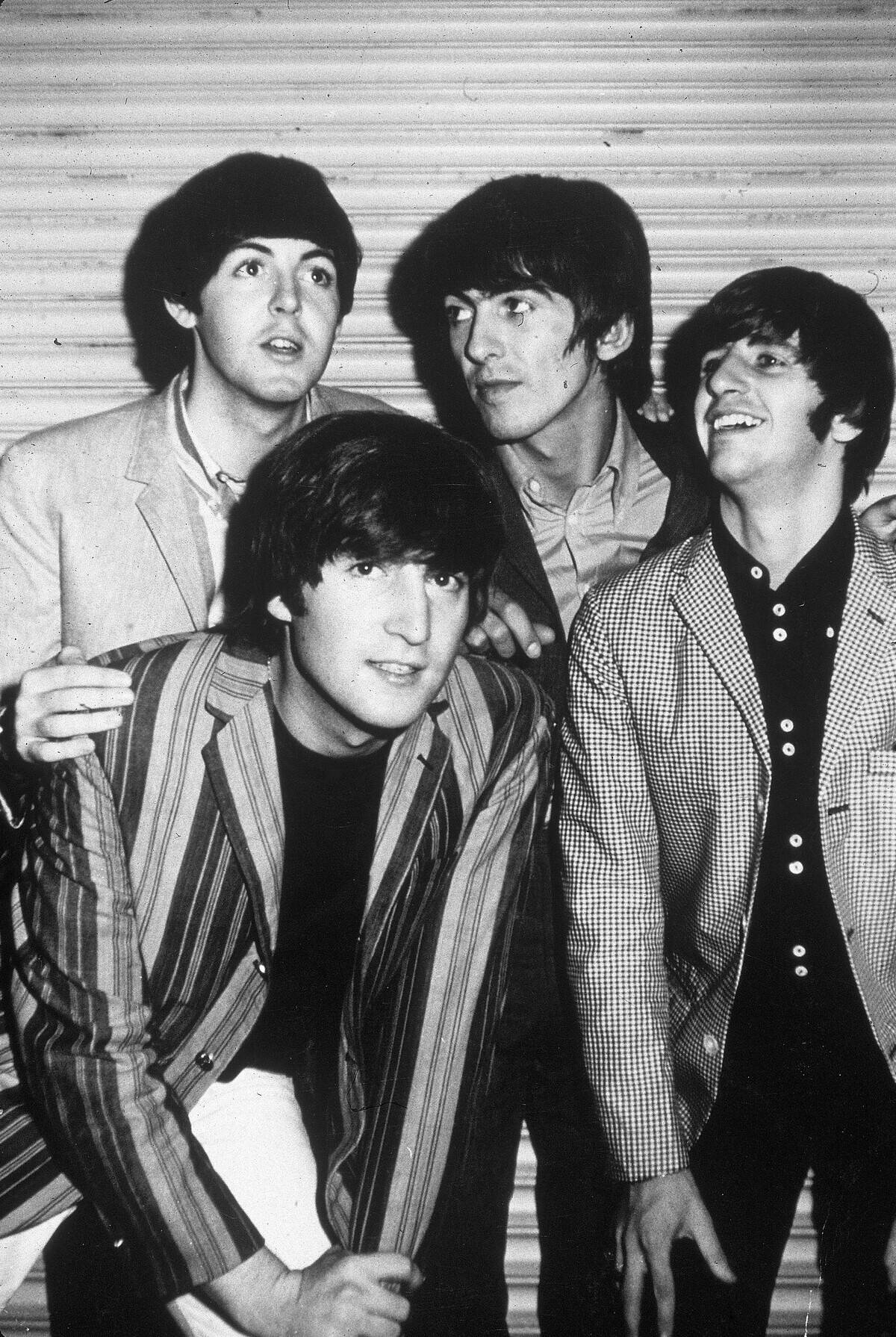
Although The Beatles could practically block out the sun with their hits in 1964, the British Invasion had taken hold to a more significant degree by the following year, which meant they were far from the only game in town anymore. Nonetheless, they were still The Beatles, so “Help” would be the fourth of six straight number-one hits they released at the time.
Ironically, that whirlwind success is exactly what the song is about, as John Lennon drew on how stressful and overwhelming the band’s rise to international fame was while writing it. Sure enough, it would hit number one for three weeks in both the U.S. and the U.K..
Herman’s Hermits – “Can’t You Hear My Heartbeat”
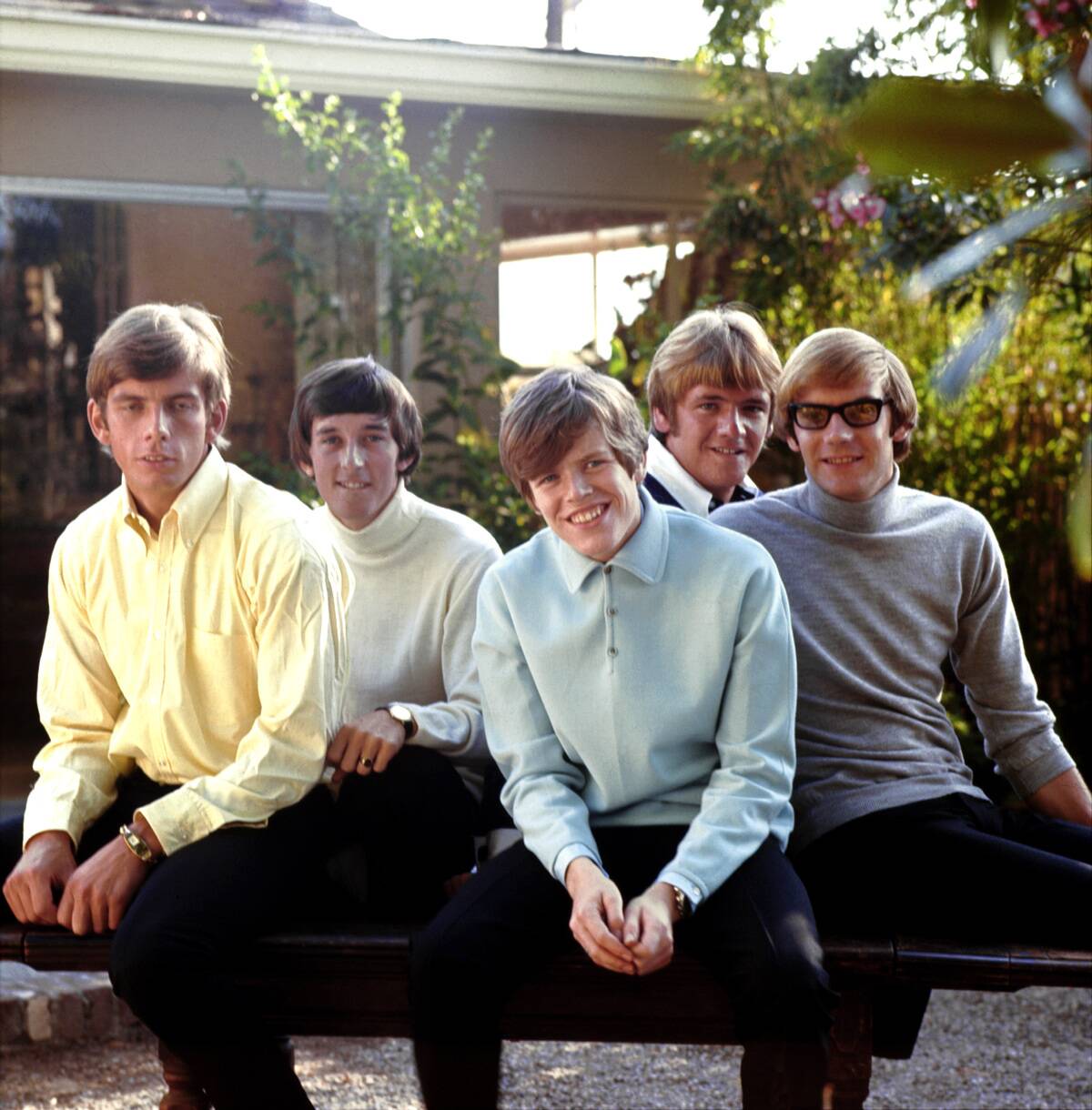
Although they often had a more silly and lighthearted vibe than their British Invasion contemporaries, that didn’t stop Herman’s Hermits from achieving some seriously big hits. In fact, “Can’t You Hear My Heartbeat” wasn’t even the highest-charting of them, as they would go on to have two number-one hits.
Still, either because of record sales or international performance, it was nonetheless considered their biggest hit of the year despite only making it to number three. Perhaps it had some cachet for being their first top-ten hit after “I’m Into Something Good” just barely fell short of that achievement in 1964.
Elvis Presley – “Crying In The Chapel”
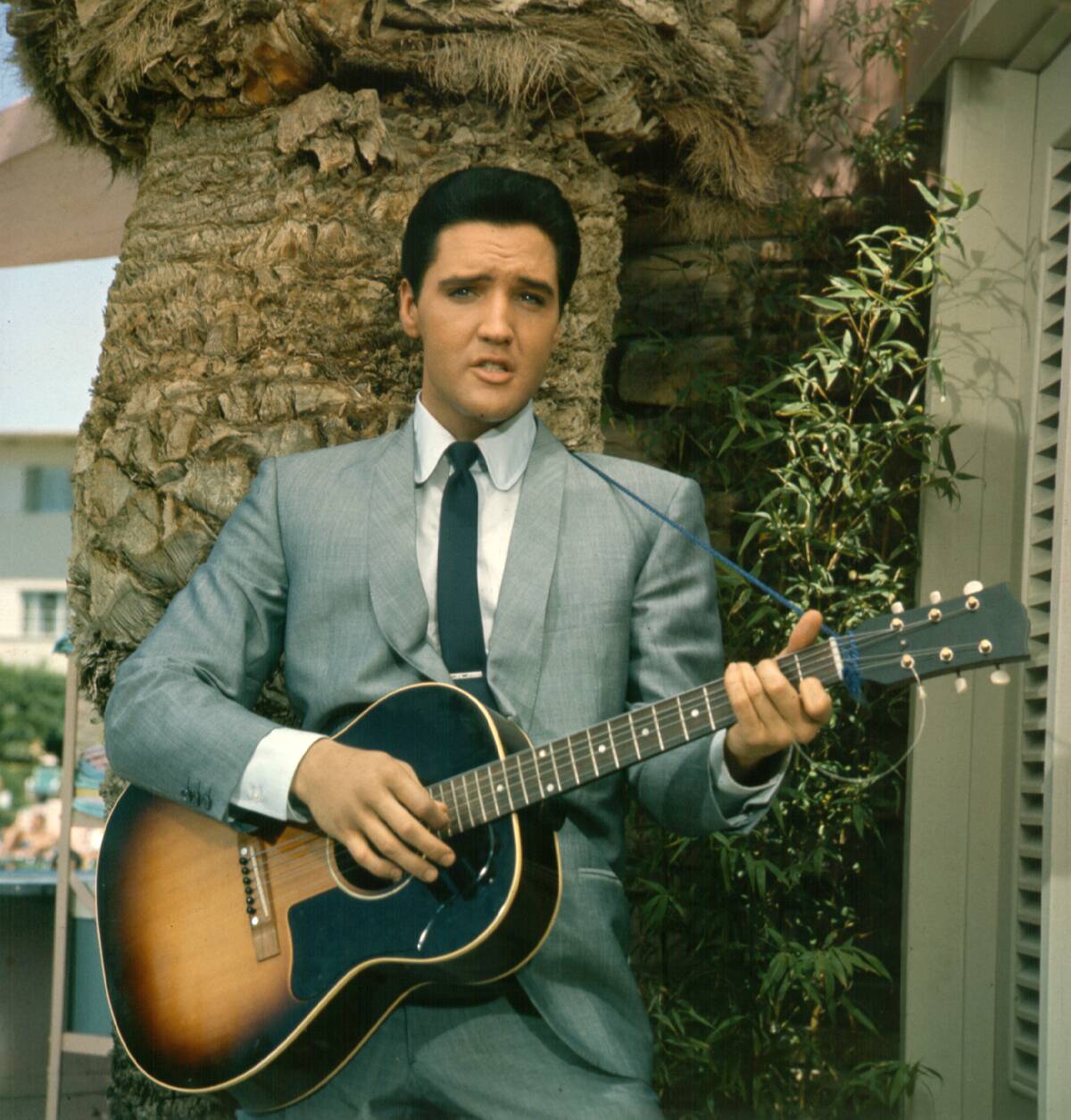
Although Elvis Presley still had enough status as the King of Rock and Roll by 1965 that was last number-one hit was still four years away, it’s also clear that it was hard for him to keep up with the British Invasion.
Previous years would have seen him notch multiple top-ten hits with ease, but 1965 only brought one in the form of “Crying In The Chapel.” Originally reaching number six when it was first released by Darrell Glenn in 1953, Presley brought the song to number three on the Billboard Hot 100 and number one in the U.K.
The Temptations – “My Girl”
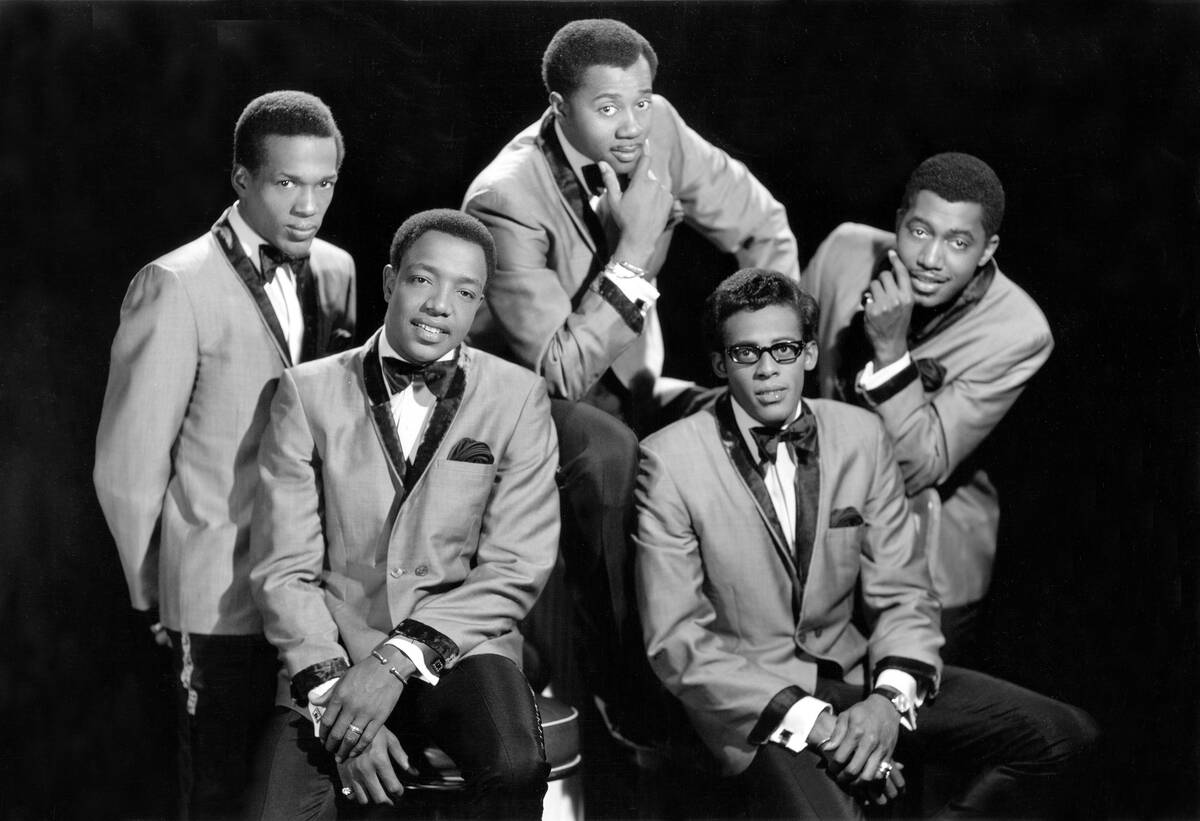
Throughout the late ’60s and early ’70s, The Temptations added three songs to Motown’s repertoire of number-one hits. Yet, while their contributions to Hitsville U.S.A.’s library of classics didn’t happen without The Temptations struggling with their label and with each other, they were one of Motown’s most successful acts.
That all started thanks to the track that would become their signature song, “My Girl.” In addition to being the first song to feature long-time lead singer David Ruffin, “My Girl” also became The Temptations’ first number-one hit on March 6, 1965.
The Beach Boys – “Help Me, Rhonda”
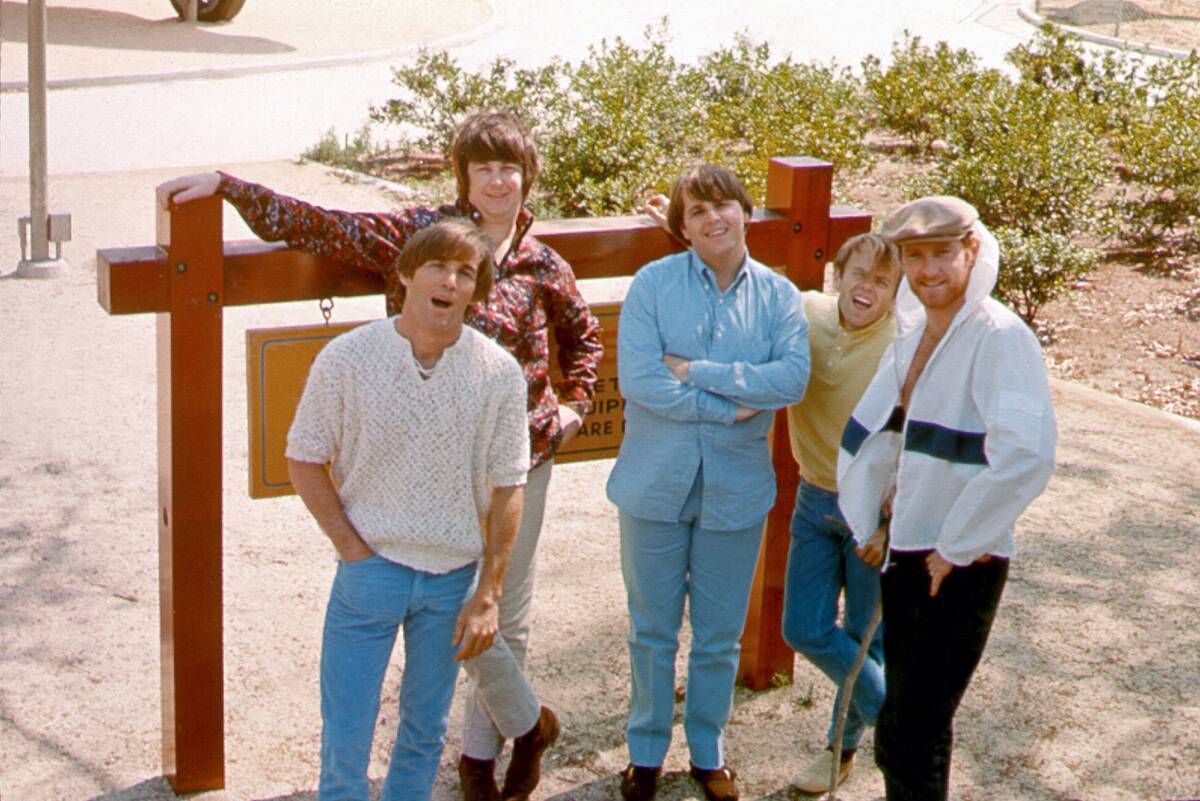
Although “Help Me, Rhonda” wasn’t The Beach Boys’ first number-one hit, it was a clear sign of the momentum they were enjoying before Brian Wilson reached both his zenith and his breaking point with the album Pet Sounds and the single “Good Vibrations” in 1966.
While the latter track would also make it to number one, “Help Me, Rhonda” was proof positive that their previous number-one hit, “I Get Around,” wasn’t a fluke. Moreover, it further established The Beach Boys as serious competitors for The Beatles, as the song knocked the Fab Four’s song “Ticket To Ride” off the number-one spot.
Roger Miller – “King Of The Road”
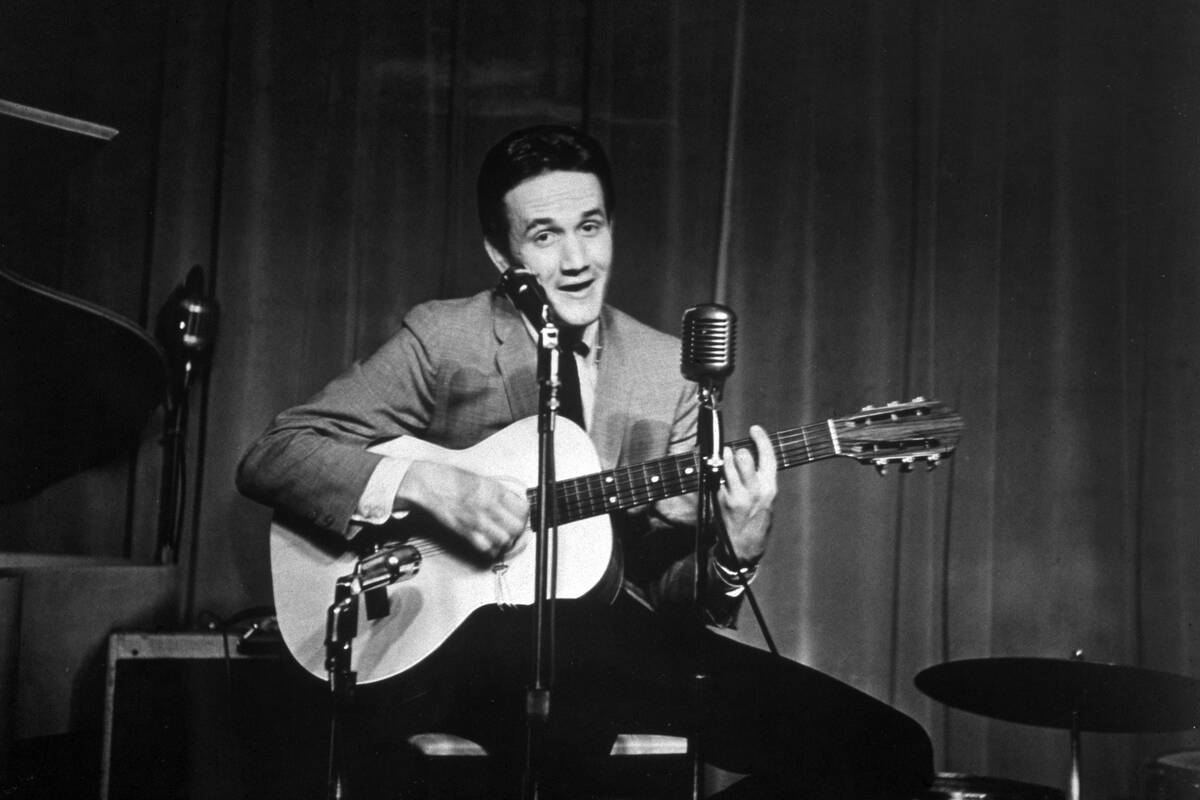
Although the prices listed in it may be a little jarring to modern ears, it’s hard to underestimate just how much the pleasant tune and unique voice tone behind Roger Miller’s classic country hit “King Of The Road” has stood the test of time. Even those who don’t know his name likely recognize that song.
In addition to winning Miller five Grammys, “King Of The Road” proved a serious crossover hit for him, as his dominance over Billboard’s Hot Country Singles chart and Adult Contemporary chart was expanded into reaching number four on the Hot 100. Curiously, the song was also a number-one hit in the U.K. and Norway.
Jewel Akens – “The Birds And The Bees”
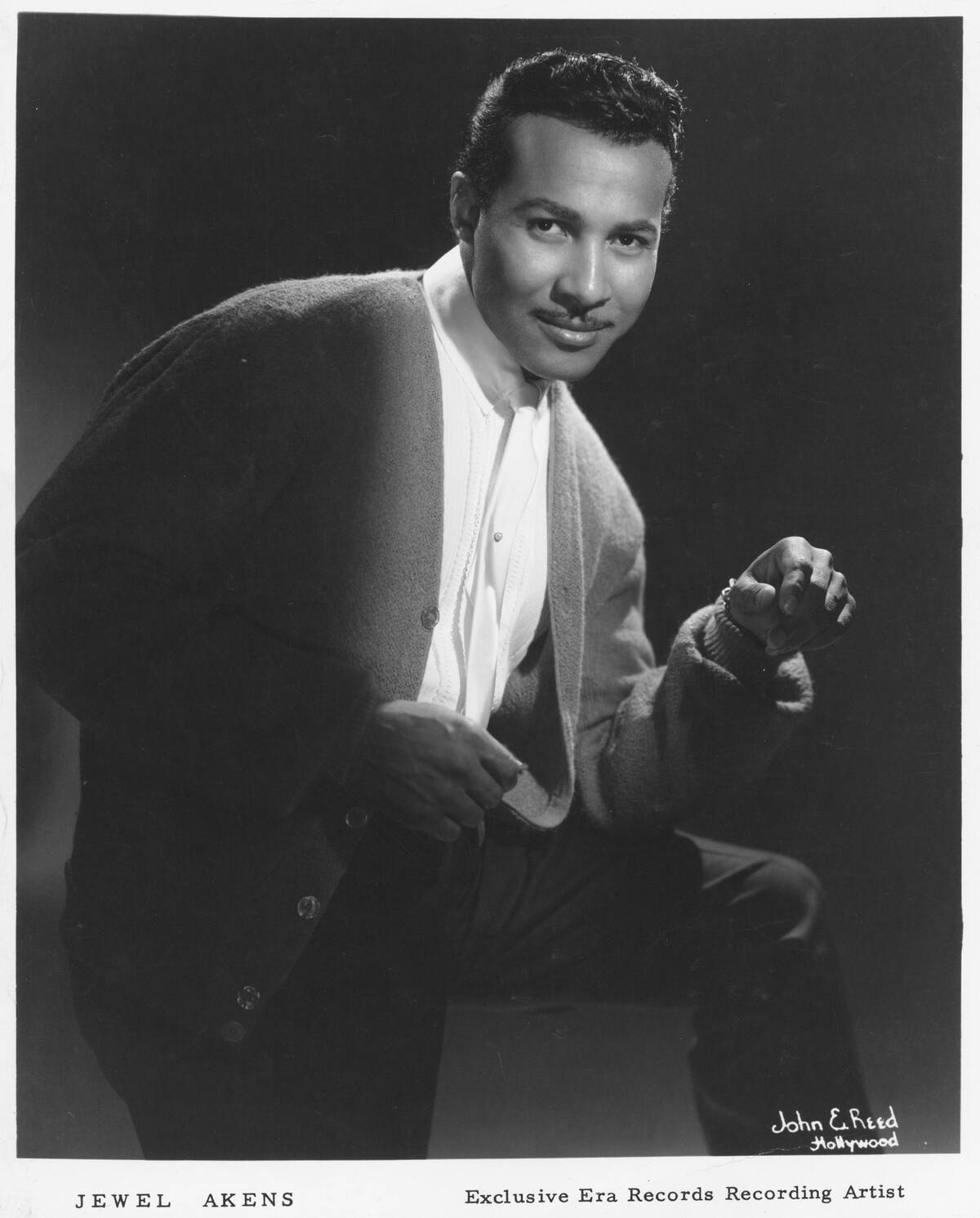
Singer Jewel Akens had recorded with a number of groups before striking out on his own during the early ’60s. Once he did, he made a serious impact by recording “The Birds And The Bees,” which uses the common way parents tend to teach their kids about reproduction to describe all the world’s beauties.
Although Akens found it hard to best The Beatles and Herman’s Hermits on most of the world’s charts, “The Birds And The Bees” nonetheless reached number three on the Billboard Hot 100 and number two on the Cash Box chart. It would be his only single to char anywhere near that high.
Mel Carter – “Hold Me, Thrill Me, Kiss Me”
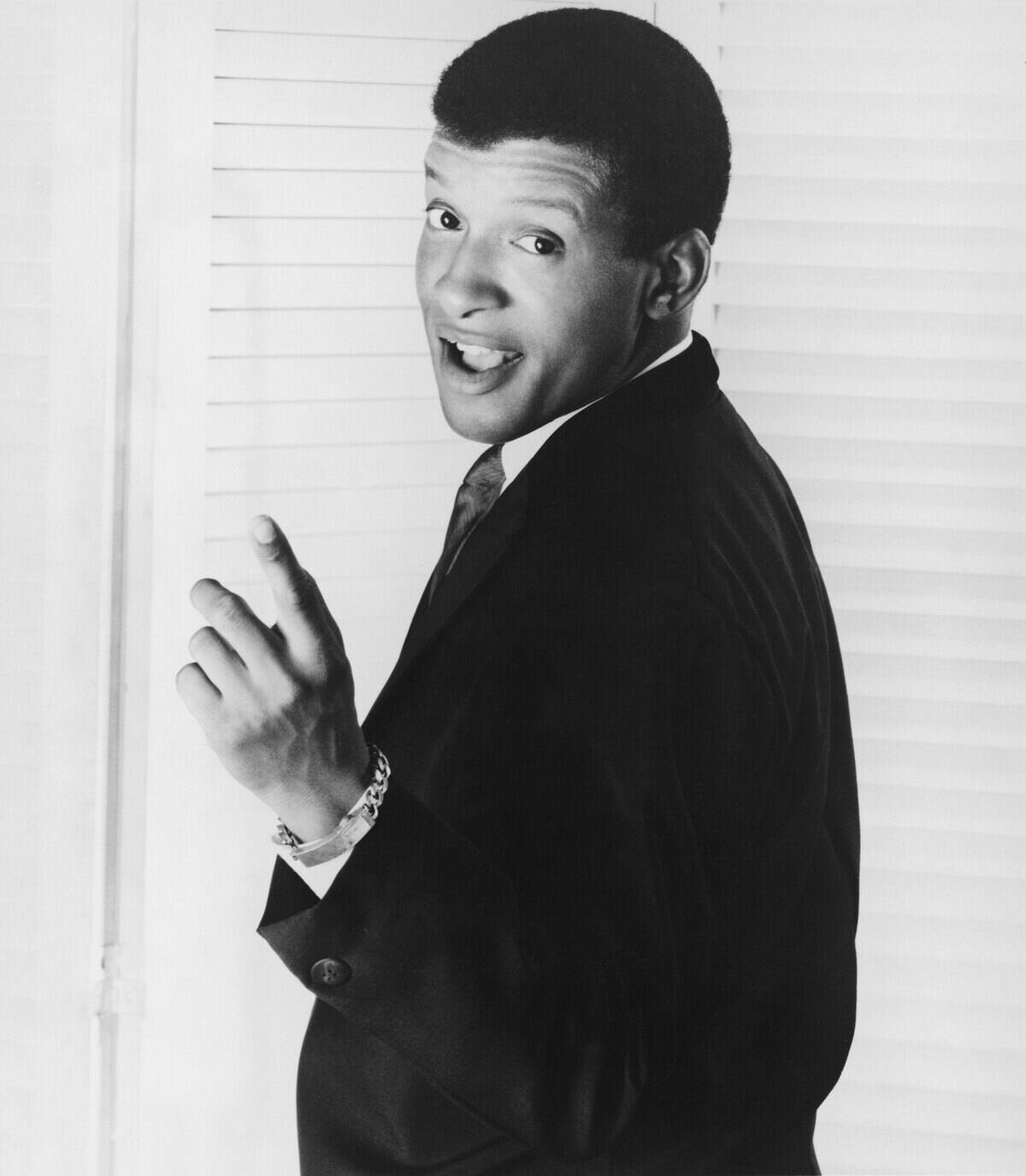
Although Mel Carter had other songs enter the charts between 1963 and 1966, only “Hold Me, Thrill Me, Kiss Me” did better than barely cracking the Top 40. However, it wasn’t the first version of the song, as it had originally been recorded by Karen Chandler in 1952.
One could argue that her version charted even higher than Carter’s did, though it’s hard to do so because of how segmented the Billboard charts were at the time of Chandler’s release. Nonetheless, Carter’s version is the best-known in retrospect, having reached number eight on the Billboard Hot 100.
Junior Walker & The All Stars – “Shotgun”
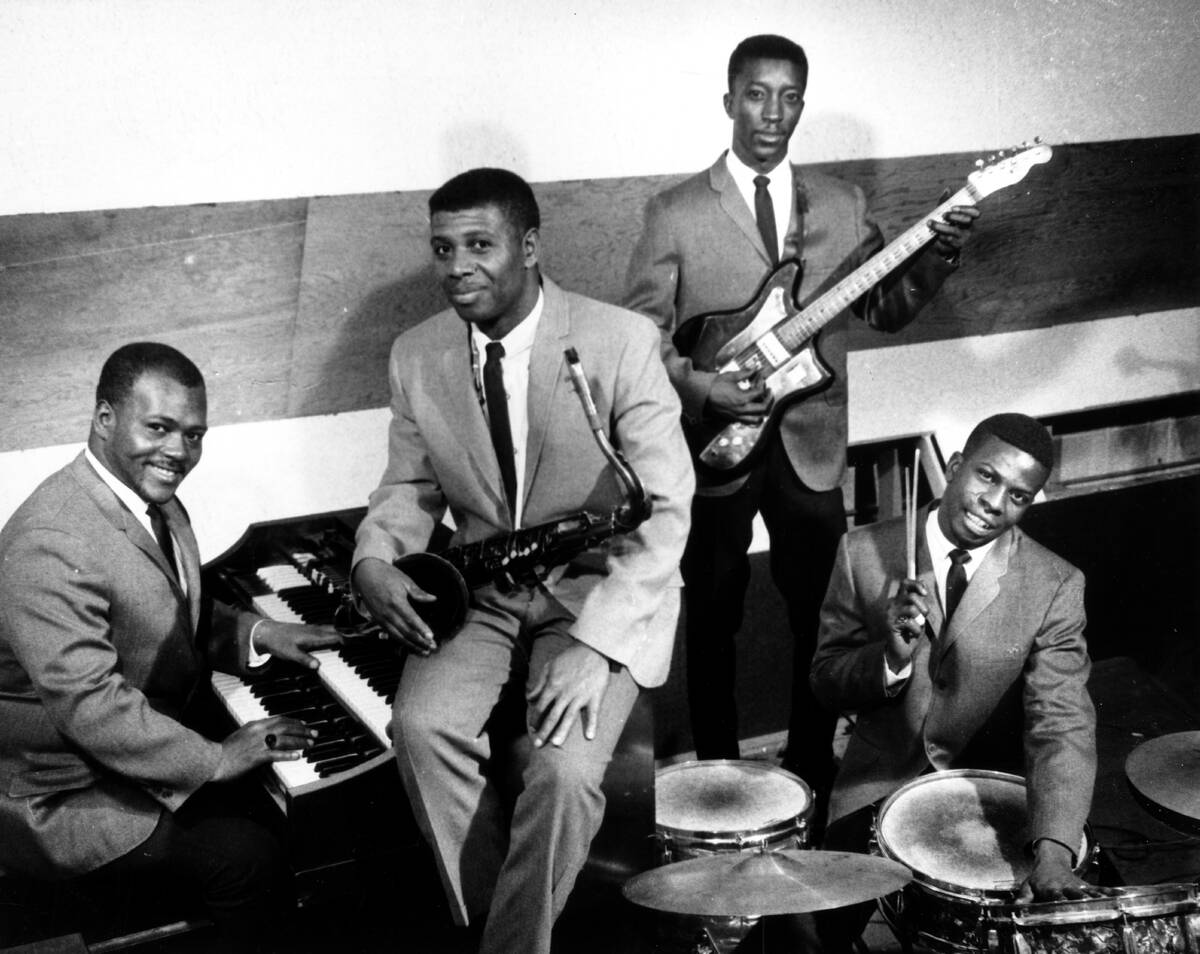
Although “Shotgun” starts with the titular gun’s blast and features the lyric “Shoot ’em ‘fore they run, now,” the song Junior Walker & The All Stars built around the weapon is actually supposed to encourage dancing. This makes the actual gun something of a non-sequitur.
Most of the singles they recorded throughout the ’60s were dance songs, but none were as successful as “Shotgun,” which reached number four on the Billboard Hot 100. That said, the band would achieve a similar accolade with the 1969 song, “What Does It Take (To Win Your Love).”

